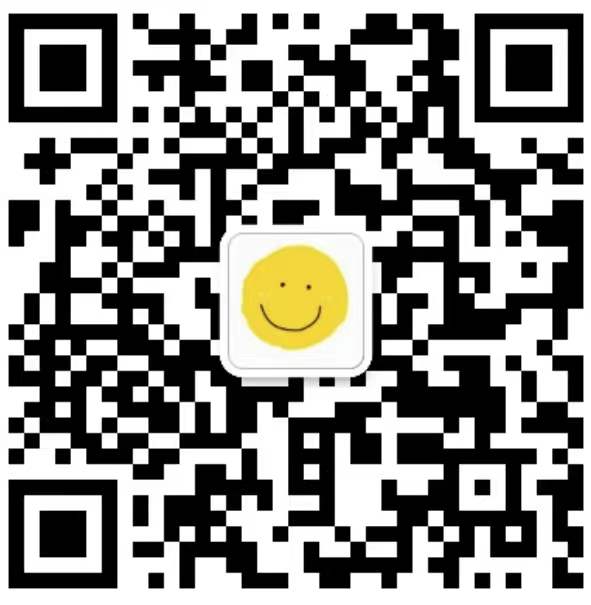digital cantilever beam impact tester
digital cantilever beam impact tester
Application
The digital cantilever beam impact tester is mainly used for the determination of the impact toughness of non-metallic materials such as rigid plastics (including plates, pipes, plastics and dissimilar materials), reinforced nylon, glass reinforced plastics, ceramics, cast stone, and electrical insulating materials. It is an ideal test equipment for chemical industry, scientific research units, and colleges and universities for material performance testing.
Characteristics
The main technical parameters of this impact testing machine fully comply with the requirements of ISO180, GB/T2611, JB/T8761 and other standards. The digital display is intuitive, the structure is simple, the operation is convenient, and the data is accurate.
Technical parameters
1, the use temperature (15-35) ° C
2, power supply: AC220 ± 10% 50HZ
3. Impact speed: 3.8m/s
4. Impact energy: 1J, 2.75J, 5.5J, 11J, 22J
Impact pendulum torque: Pd1=0.535N·M
Pd2.75=1.4737N·M
5, accuracy: angle (0.01 °) energy (0.001J)
6, pendulum pre-angle: 150 ° ± 1 °
7, hit center distance: 335mm
8. Impact blade radius: 0.8±0.5mm
9. Distance from the impact blade to the upper jaw: 22±0.2mm
10. Sample type and size. The sample is of type 1 and is preferred. (in mm)
Type A notch 45°±1° Notch bottom radius R0.25±0.05mm
Type A notch 45°±1° Notch bottom radius R1±0.05mm
Specimen type | Length L | Width B | Thickness D | |||
Basic size | Limit deviation | Basic size | Limit deviation | Basic size | Limit deviation | |
1 | 80 | ±2 | 10 | ±0.2 | 4 | ±0.2 |
2 | 63.5 | ±2 | 12.7 | ±0.2 | 12.7 | ±0.2 |
3 | 63.5 | ±2 | 12.7 | ±0.2 | 6.4 | ±0.2 |
4 | 63.5 | ±2 | 12.7 | ±0.5 | 3.2 | ±0.2 |
Categories
- electronic universal testing machine
- hydraulic universal testing machine
- impact testing machine
- compression testing machine
- horizontal tensile testing machine
- manhole cover testing machine
- pellet compression testing machine
- material testing machine
- steel strand tensile testing machine
- rubber testing equipment
- plastic testing equipment
- load cell
- Böhme abrasion tester
- all testing machine and equipment
- ceramic tiles testing equipment
- asphalt mixture testing equipment
- footwear testing machine
- test fixtures
- torsion tester
- cupping testing machine
Contact Us
- +86-18615632092
- wtbequipment@hotmail.com
- sophie-tester
- +86-18615632092
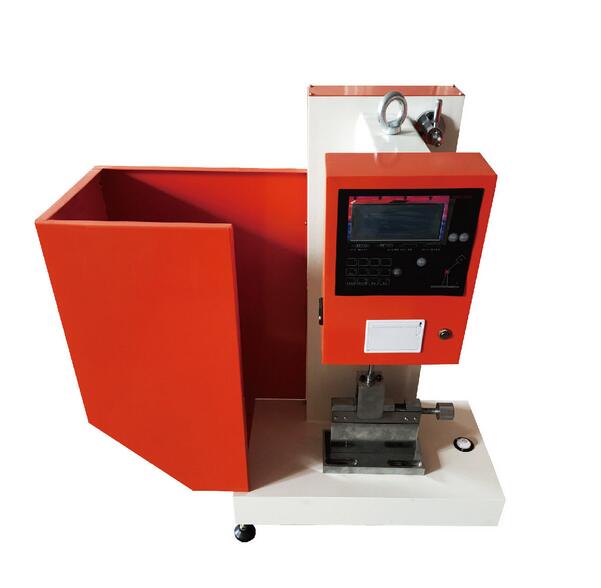
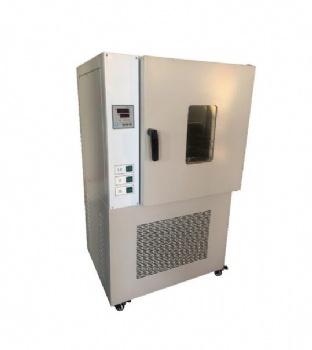
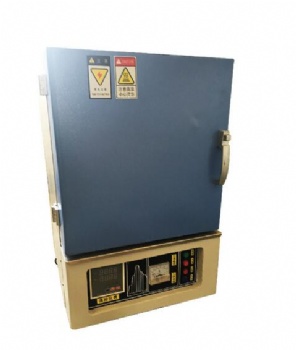
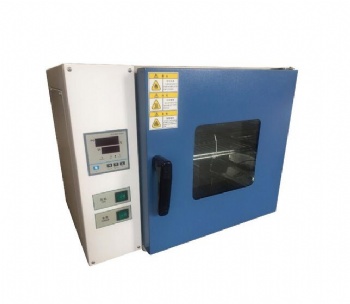





 售前客服
售前客服